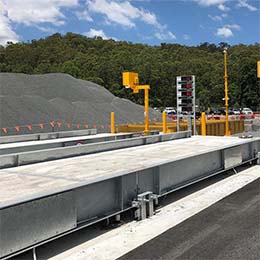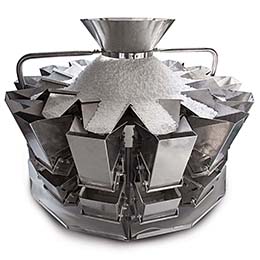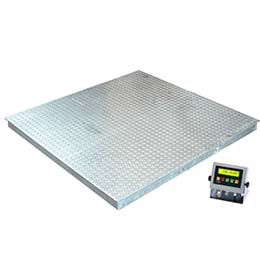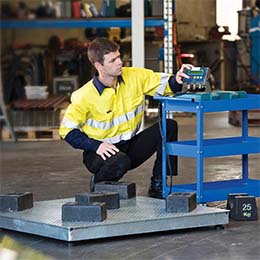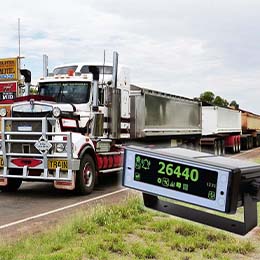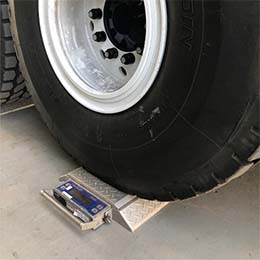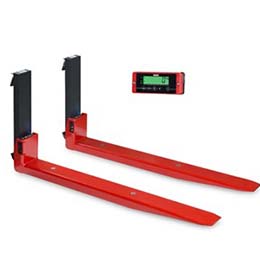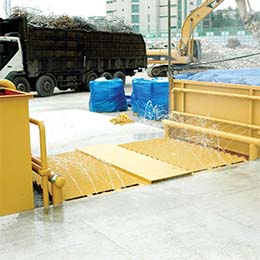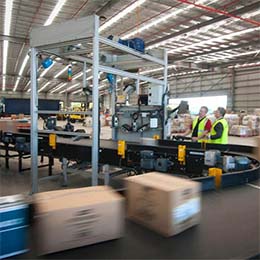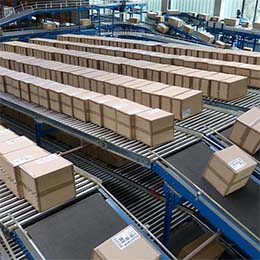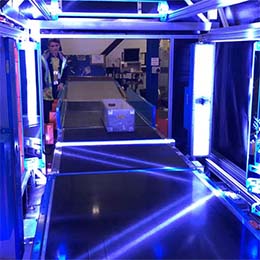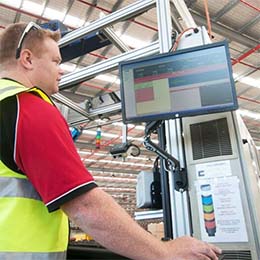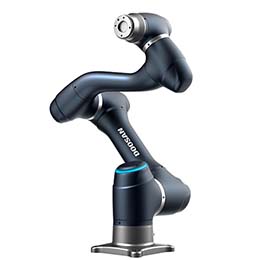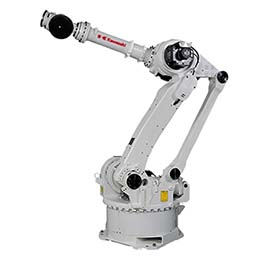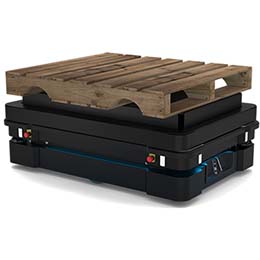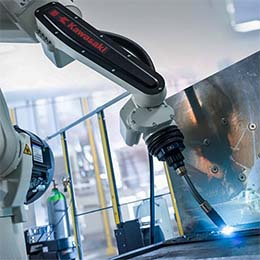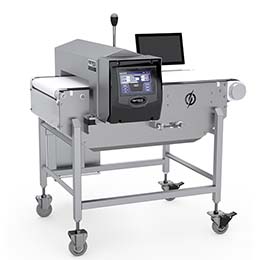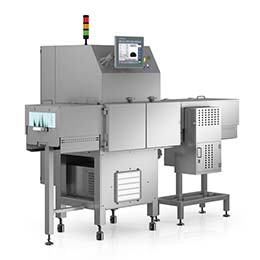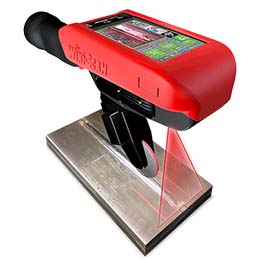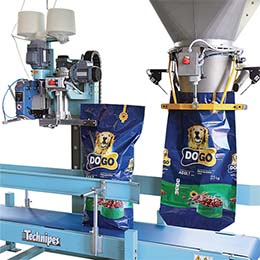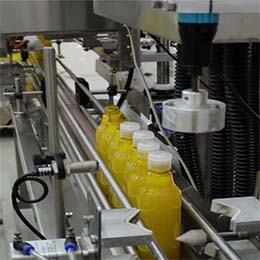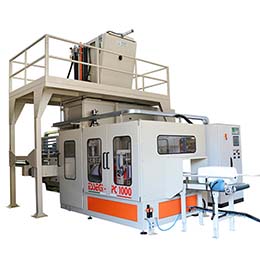Historically, only vehicle drivers and operators were responsible for complying with transport laws but now anyone who has control or influence over any transport task, including those capable of exercising control or influence, are parties in the ‘chain of responsibility’ and may be deemed liable in the event of a breach of the road laws.
The ‘Chain of Responsibility’ (CoR) legislation aims to improve compliance to the Heavy Vehicle National Law (HVNL) and was introduced to extend legal liability for breaches of the law to all parties throughout the transport supply chain including operators, drivers, packers, consignors and consignees, and even company directors and employers. Overloaded heavy vehicles have long been an area of concern but the legislation now places accountability on all parties with the aim of improving compliance with regard to mass limits, vehicle standards, dimensions and loading, speeding and driver hours.
The CoR legislation is also a positive step in addressing the serious issue of overloaded trucks transporting freight containers – which is the focus of this article.
It sets out the obligations for operators, drivers, consignors and consignees about how freight containers are handled and importantly, it includes a requirement for a container weight declaration (CWD) before the load can be transported. This declaration applies to any container, whether it originates from a ship or land, and has to include the weight of the goods in the container, the weight of any packaging of the goods as well as the weight of the container itself.
Under the CoR legislation, as well as new Safety of Lives at Sea (SOLAS) laws, the weight of shipping containers has to be verified as they arrive at the terminal, and those that don’t have a valid CWD are not permitted to be loaded onto the ship.


Weighbridges are one of the most accurate and convenient ways of ensuring that freight containers are optimally loaded. The above pictures are representative of a common path that operations take to weighing their fully-loaded shipping containers, which consists of loading their trucks and weighing them on the weighbridge. Pictured (right/second) is the driver pulling up to the Driver Control Station – the silver box that houses the system intelligence behind the weighbridge itself – about to receive his weighing ticket (which if he had pulled in a little closer to the Driver Control Station he would have been able to retrieve it from his window!)
Weighbridges come in many different configurations to suit different vehicle sizes and locations including axle weighbridges, pit weighbridges, multi-decks, weigh-in-motion weighbridges and portable weighbridges and can be partnered with customisable weighbridge software depending on reporting/data management requirements. For example, there is weighbridge software available that has the functionality to store a vehicle’s tare weight and later deduct it from a gross reading when the loaded vehicle crosses the weighbridge.
There are also weighbridge ticketing systems available which enable certificates to be created and which allow for total traceability of the entire weighing process, making them an important weighbridge accessory from a SOLAS-compliance perspective. At this junction, it’s important to note that all container weighing systems have to be certified and accepted by the Australian Maritime Safety Authority (AMSA).
To summarise, the advantages of a shipping container weighbridge to meet CoR requirements are:
• Highly accurate
• Convenient
• Customisable
• Traceable
• Powerful software with innovative functionality and features
Processing speed and weighing accuracy are key considerations when it comes to verifying container loads at busy shipping terminals, so the choice of weighing system is important. There can be no room for error as regulatory breaches can be extremely costly, so choosing a reputable weighbridge supplier which understands the permutations of each unique weighing location and requirements is crucial.
When you select Diverseco for the supply and your shipping container weighbridge, you’ll be partnering with Australia’s leading supplier of weighing equipment. We have installed over 2000 weighbridges throughout Australasia and have the experience and expertise to identify your weighbridge needs and provide you with the best weighbridge solution. What’s more, our weighbridges for shipping containers are accepted by the AMSA and as a licenced NMI testing company, they are authorised to test all weighing equipment which is an added benefit.

